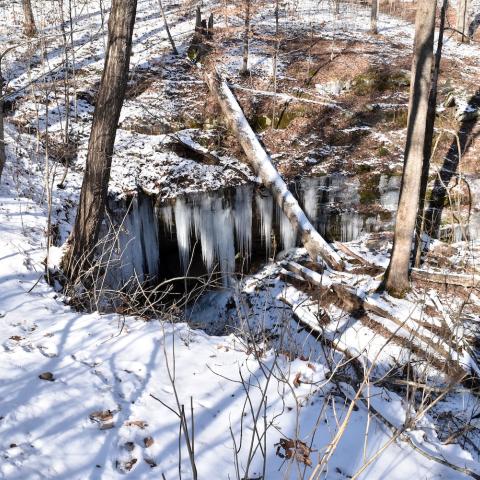
What exactly is karst topography? Basically, it's a porous geologic formation that sometimes is referred to as the "Swiss cheese" of topography because it is easily dissolved and the formation features sinkholes, caves, and underground rivers. You can learn more about this interesting formation on June 6 when the saff at Mammoth Cave National Park in Kentucky celebrates the third annual National Caves and Karst Day.
Karst landscapes are formed primarily by the dissolution of soluble rocks, typically limestone or dolomite. Mammoth Cave is the world’s longest known cave and is currently mapped at 412 miles. The cave is a prime example of karst topography in the south central Kentucky region, and has been recognized as an UNESCO World Heritage Site and an International Biosphere Reserve.
The free National Cave and Karst Day activities include a ranger-led porch talk, nature tracks program, surface hikes, and an evening program entitled “A Journey Down the Drain: The Story of Sinkholes.” The park will have a limited number of Junior Ranger Cave Scientist activity books on hand for children to complete to earn a special badge and title of Junior Cave Scientist. All surface activities are free with no reservations required.
The park also offers several cave tours such as the Grand Avenue, River Styx, Frozen Niagara, and Domes and Dripstones tours that focus on cave geology. Fees for these tours vary and tickets can sell out quickly. It is recommended that visitors make tour reservations through www.recreation.gov prior to arrival.


 Support Essential Coverage of Essential Places
Support Essential Coverage of Essential Places






